Breathe life into your home with these indoor plants known for their exceptional oxygen-boosting qualities. These aren’t just plants; they’re natural air purifiers that transform your living space into an oasis of vitality and serenity. Get ready to enhance your indoor environment with selections that promise beauty and a breath of fresh air.
Snake Plant (Sansevieria)

The Snake Plant, also known as Mother-in-Law’s Tongue, is a resilient succulent that thrives on neglect. Its tall, upright leaves with variegated patterns work efficiently at night to convert CO2 into oxygen, making it an excellent bedroom companion. It’s also known for filtering out formaldehyde, xylene, and toluene from the air.
Spider Plant (Chlorophytum Comosum)

A favorite for beginners and seasoned plant lovers alike, the Spider Plant is celebrated for its rapid growth and air-purifying capabilities. Its long, arching leaves produce small white flowers and baby spider plants, which can be easily propagated. It’s particularly adept at removing carbon monoxide and other toxins.
Peace Lily (Spathiphyllum)

With its glossy, dark green leaves and striking white blooms, the Peace Lily is as beautiful as it is beneficial. It helps to increase humidity, reduce mold spores, and remove toxins like benzene, ammonia, and formaldehyde from the air. It thrives in low light and only requires weekly watering, making it low maintenance.
Aloe Vera

Renowned for its healing gel, Aloe Vera is also a fantastic air purifier, emitting oxygen at night and removing pollutants like formaldehyde and benzene. It prefers bright, indirect sunlight and minimal watering, making it perfect for sunny kitchen windowsills.
Rubber Plant (Ficus elastica)
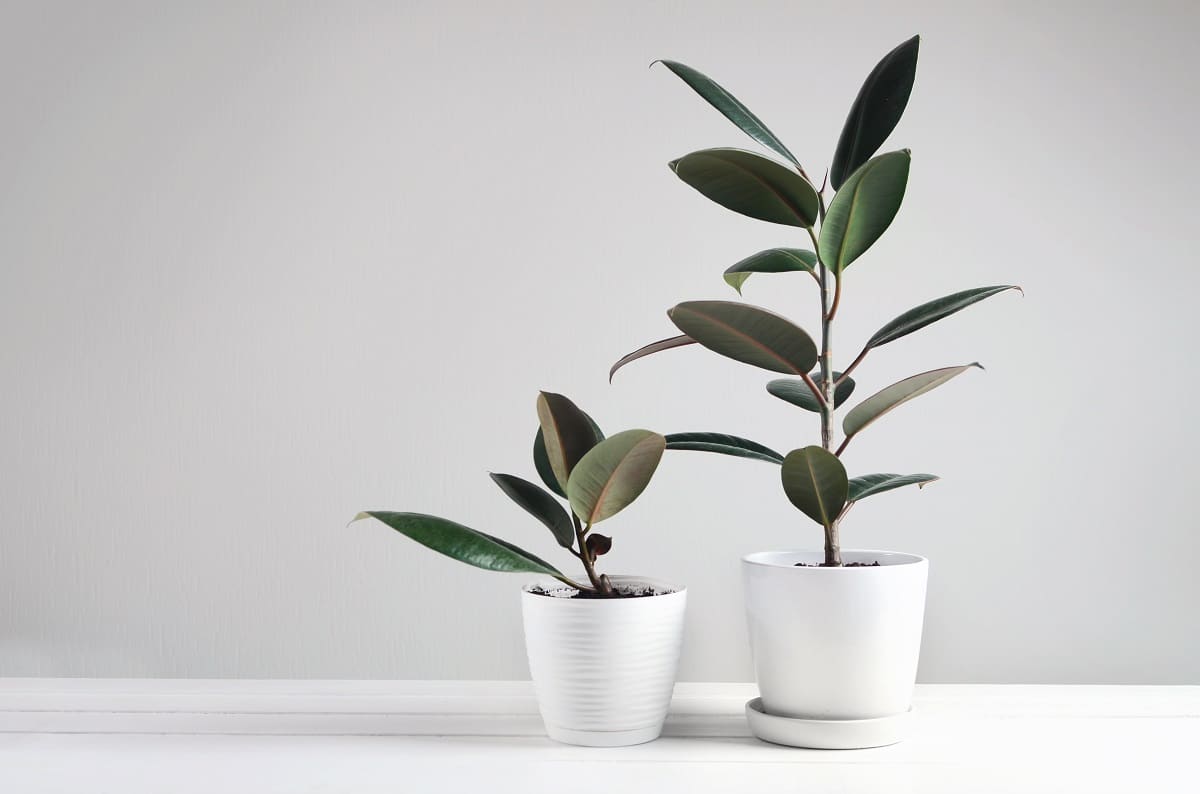
The Rubber Plant boasts large, glossy leaves that not only purify the air but also absorb toxins, particularly formaldehyde. It’s a fast grower under the right conditions of bright, indirect light and enjoys a good balance of moist soil with proper drainage.
Pothos (Epipremnum Aureum)
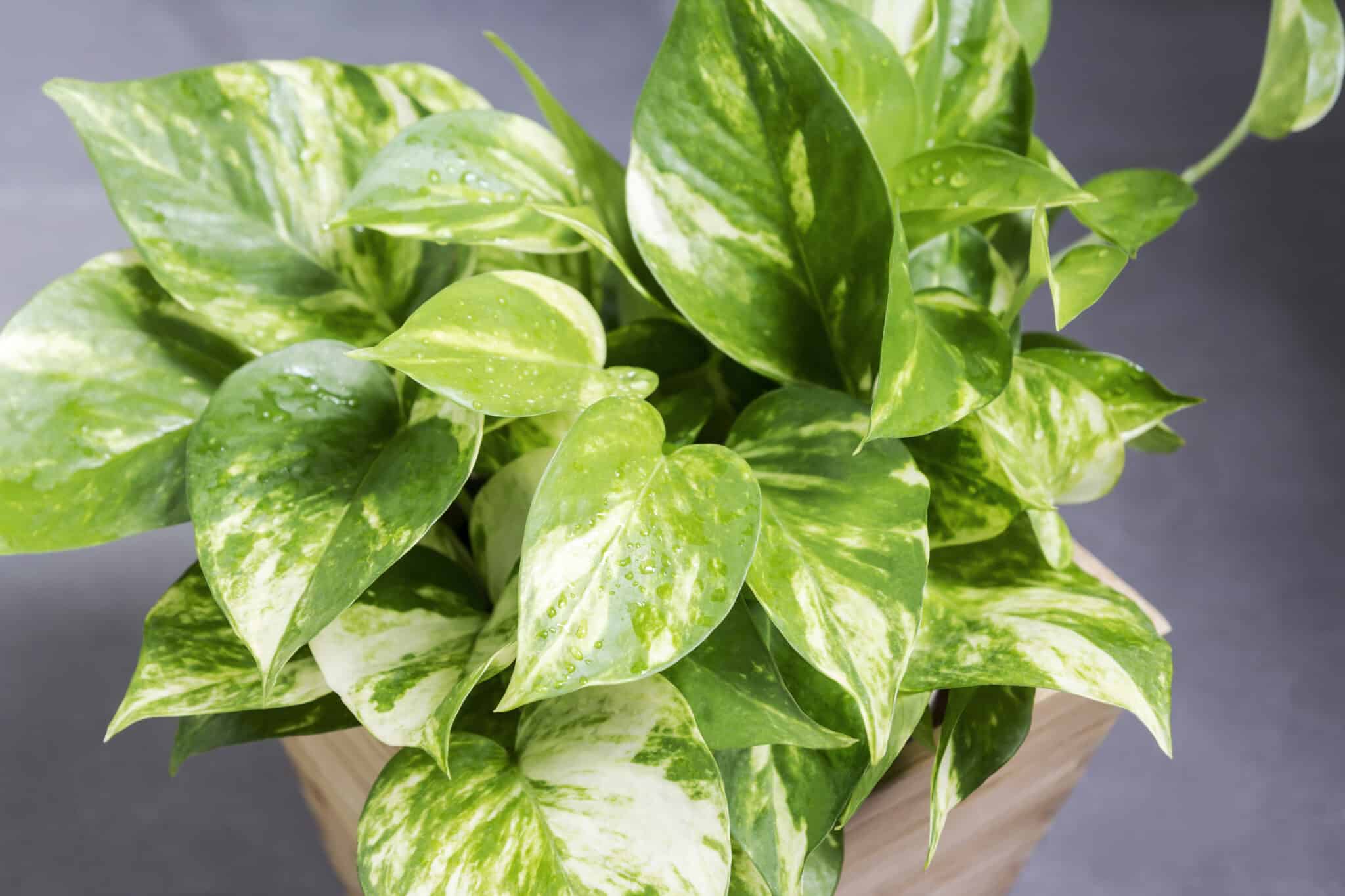
Also known as Devil’s Ivy, Pothos is a hardy vine with heart-shaped leaves that flourish in a variety of lighting conditions, prefer to dry out between waterings, and are effective at removing toxins such as xylene, benzene, and formaldehyde from the air.
Boston Fern (Nephrolepis Exaltata)

The Boston Fern is a natural humidifier and air purifier, thriving in indirect light and high humidity. It’s excellent for removing compounds like formaldehyde from the air and adding a lush, green aesthetic to any room.
Areca Palm (Dypsis Lutescens)
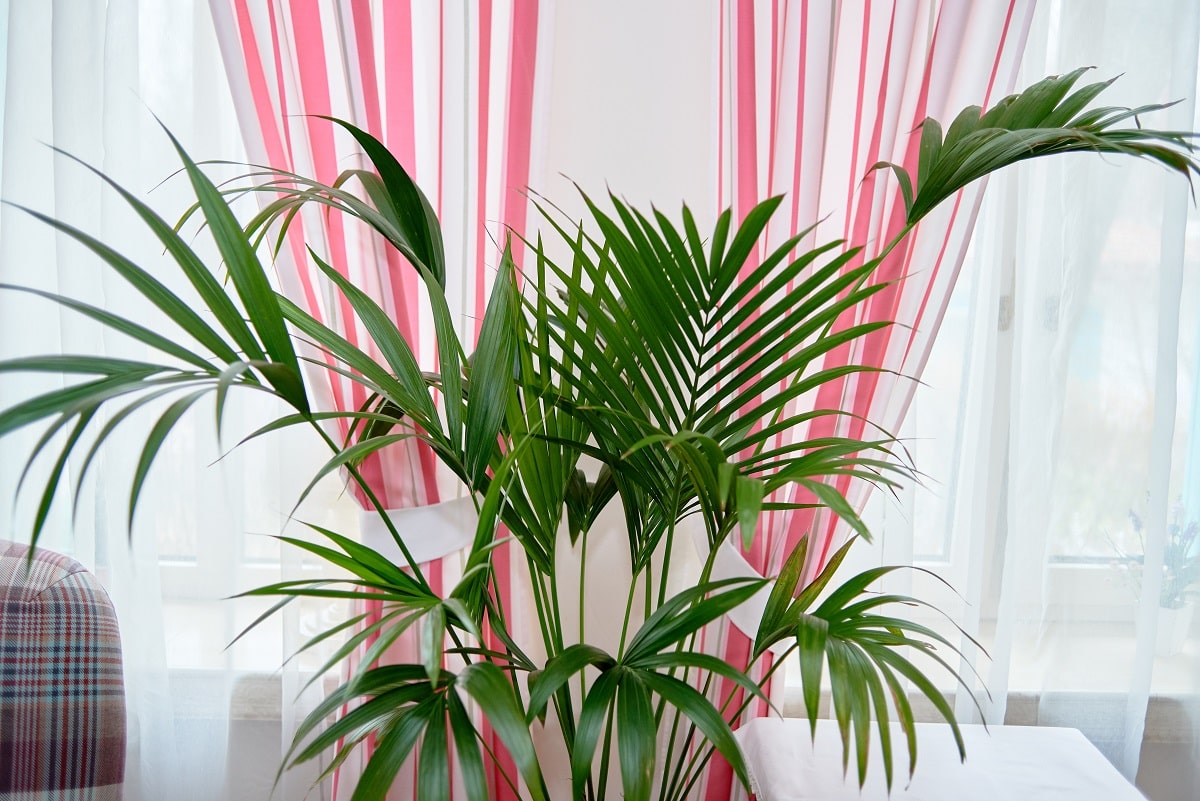
This elegant palm is a top performer in purifying the air and adding moisture. It’s known for its ability to remove toxins and convert CO2 into oxygen during the day. Preferring bright, indirect light, the Areca Palm can grow quite tall, making it a striking addition to indoor spaces.
Philodendron
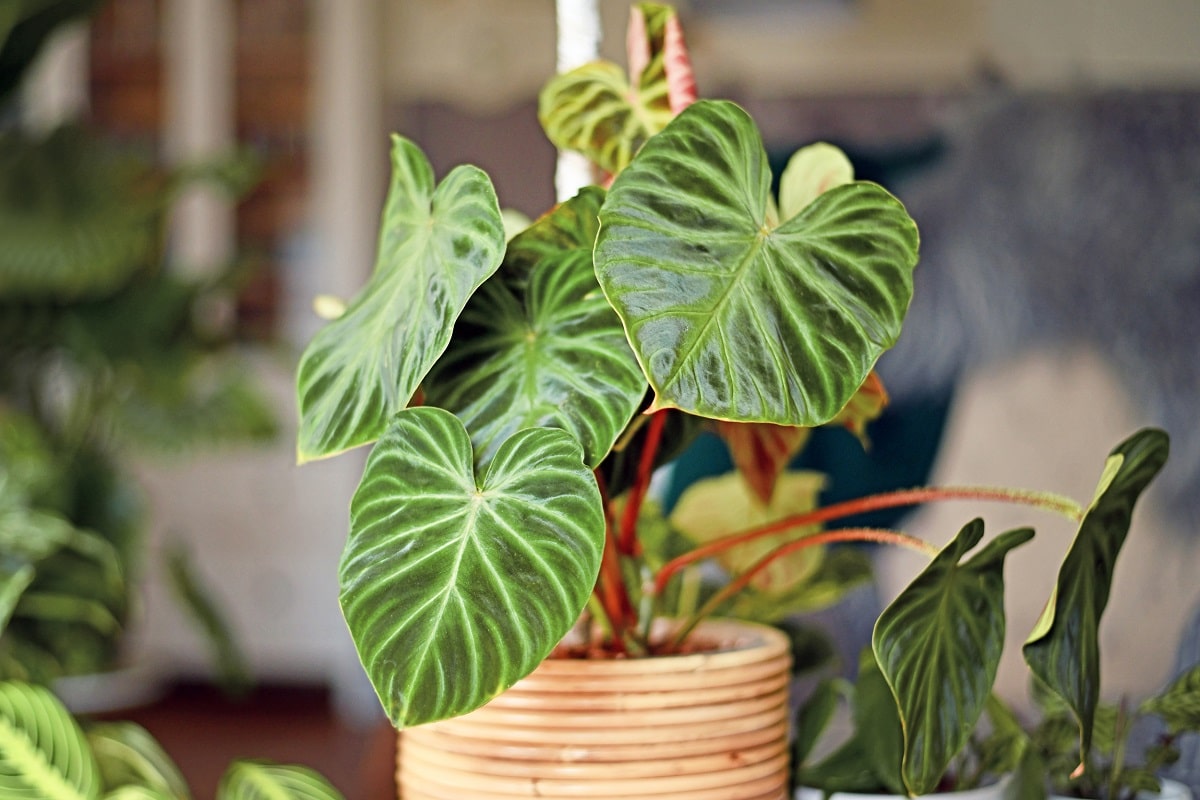
With its wide variety and easy-to-care-for nature, Philodendrons are popular for their air-purifying qualities and their ability to absorb xylene. They prefer moderate to bright indirect light and can make a visual statement with their glossy, heart-shaped leaves.
Bamboo Palm (Chamaedorea Seifrizii)
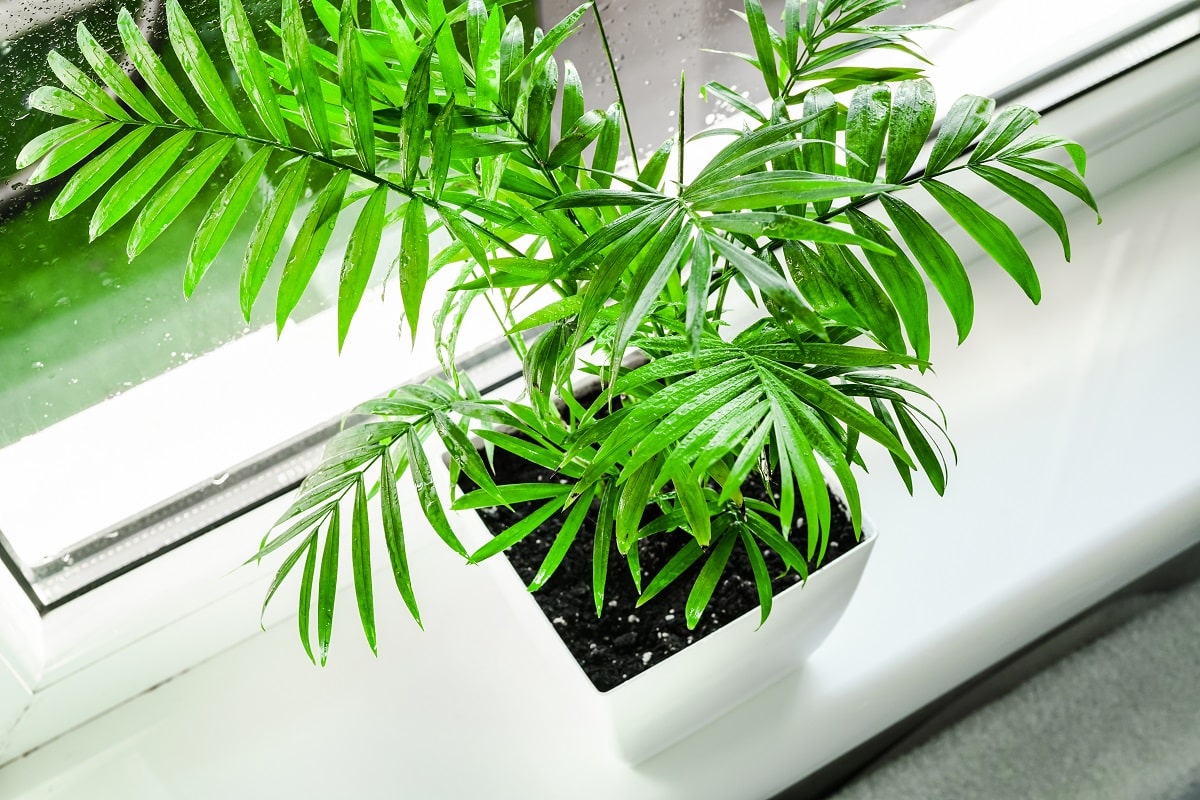
The Bamboo Palm, with its elegant, arching fronds, thrives in low-light conditions and prefers to stay moist without being waterlogged. It’s particularly effective at filtering out benzene, trichloroethylene, and formaldehyde, making it a healthy addition to any indoor environment.
Tulsi / Holy Basil (Ocimum Sanctum)
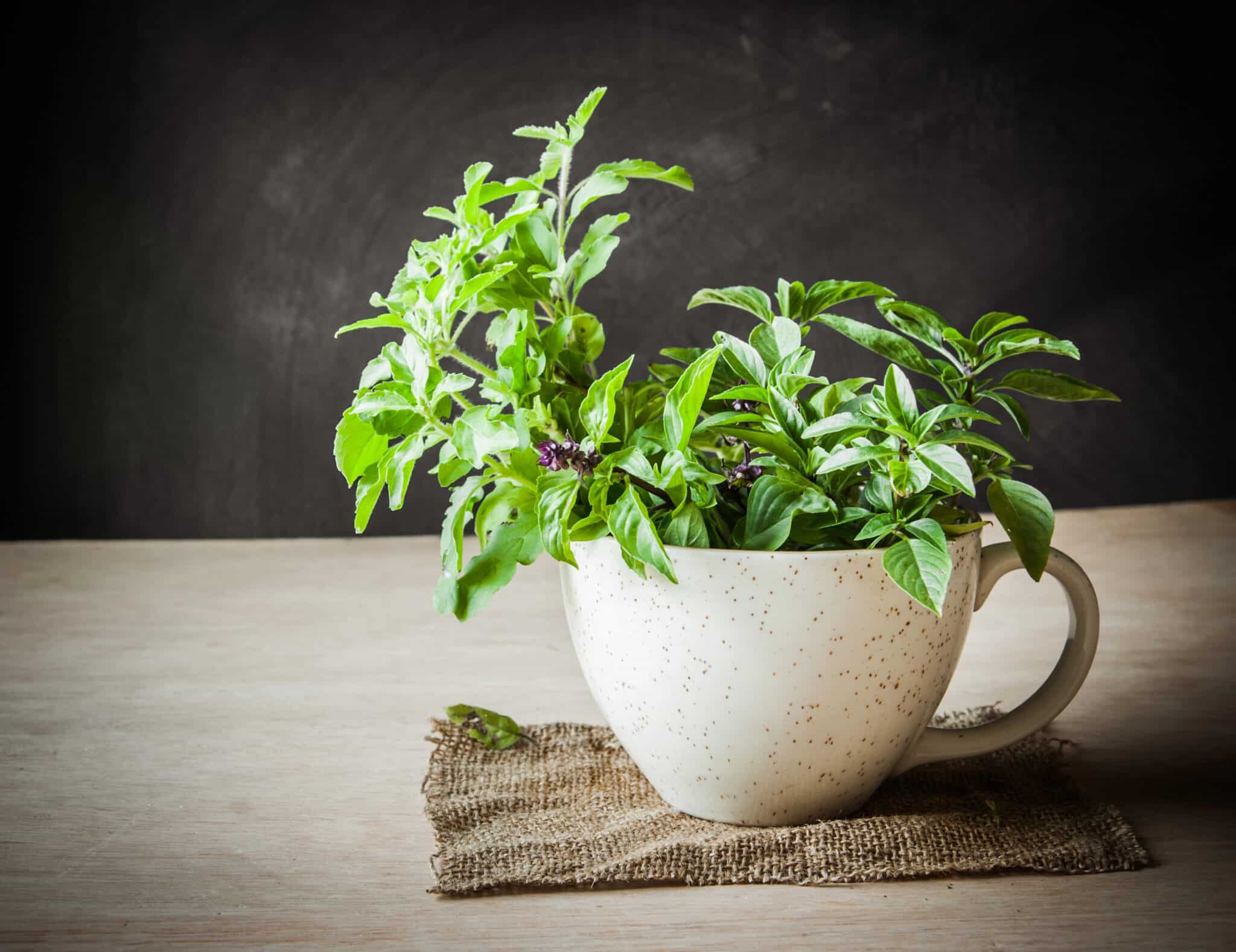
Also known as Holy Basil, Tulsi is revered for its medicinal properties and is a potent air purifier. It has been found to emit oxygen for 20 hours a day while absorbing harmful gases from the environment. It prefers full sunlight and regular watering.
